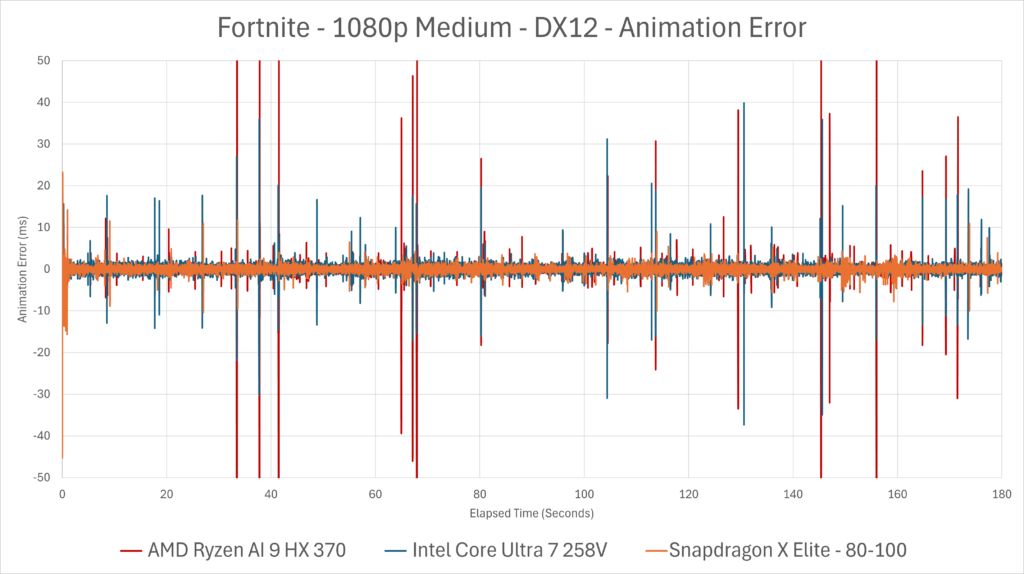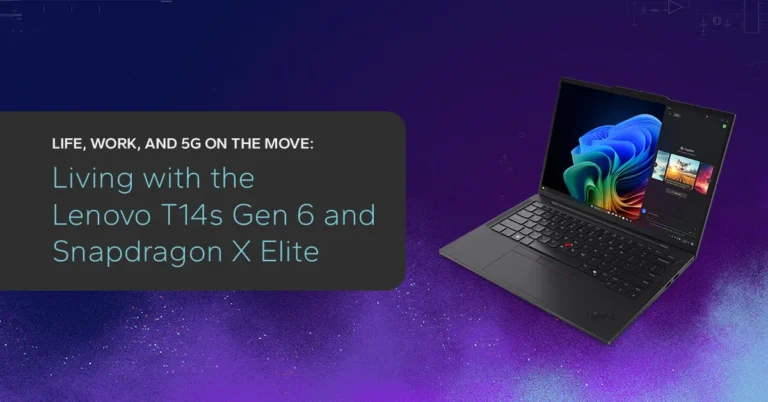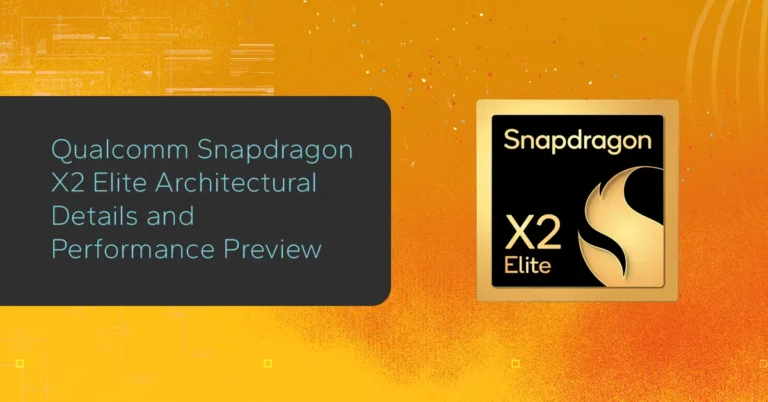Gaming Momentum Speeds Up on Snapdragon X Elite with Fortnite and Easy Anti-Cheat Compatibility
-
 Ken Addison
Ken Addison
One of the software compatibility hurdles in the transition to the non-x86 architectures on Windows, as seen with the Qualcomm Snapdragon X Elite processors, has been gaming.
One of the software compatibility hurdles in the transition to the non-x86 architectures on Windows, as seen with the Qualcomm Snapdragon X Elite processors, has been gaming.
Games use a variety of different anti-cheat methods, which range in implementation from software layers to kernel mode drivers. While Microsoft and Qualcomm have been working with anti-cheat software partners such as BattlEye and Denuvo to gain support for Qualcomm-based and potential future Arm-based systems, one of the biggest remaining anti-cheat solutions without Arm compatibility has been Epic’s Easy Anti-Cheat (EAC).
Easy Anti Cheat is used by a wide variety of games and can be leveraged by developers using the Epic Online Services group of software solutions. Epic announced earlier this summer that Windows on Arm compatibility was available in development versions of EAC but we had yet to see any games shipping with this newer version of the SDK.
Fortnite is still a hugely popular game that utilizes EAC and Windows on Snapdragon users were eagerly anticipating adding support for the newer versions. This week, seemingly tied to the latest Fortnite Chapter 6 Mini Season 2, Snapdragon X Elite compatibility was added to the game.
Given the popularity of this game, we decided to look at performance of the most modern notebook processors from Intel, AMD, and Qualcomm in Fortnite just to get a taste of how these platforms compare.
At a display resolution of 1920×1080 at Medium quality settings with DX12 as the rendering API, the Snapdragon X Elite manages almost 60 FPS during gameplay. The Intel Core Ultra 7 258V and AMD Ryzen AI 9 HX 370 were able to render the game significantly faster at the same quality settings, +40% and +62% respectively. That puts the X Elite clearly behind the Intel and AMD options but going from “incompatible” to playable and stable, is a significant step in the journey for Snapdragon as a mainstream gaming option.
If we take a closer look at the raw frame times for these given benchmarks, we see large spikes in frame time on the Intel and AMD platforms when compared to the Snapdragon X Elite system. This appears to be an area where the X Elite platform is doing well, providing a stable and smooth experience, even if at a lower frame rate.
We can also see this in the new Animation Error metric in PresentMon when looking at the same test runs across the same test systems.
Overall animation error seems to be lowest on the Snapdragon X Elite and Core Ultra 7 258V, with the AMD Ryzen AI 9 HX 370 system having more spikes and periods of very long animation error.
With this newly enabled version of Fortnite and at these quality settings, the Snapdragon X Elite system provides a very playable experience, but it’s clearly still the case that Qualcomm has room to improve on Fortnite performance with its gaming drivers.
Beyond the performance gap when compared to Intel and AMD, when we switched to the 1080p resolution at HIGH settings on DX12 mode, the game has significant and game breaking rendering issues to the point where it is simply not showing most of the textures in the game. Reverting back to the Medium quality preset provided the frame rates and quality experience we showed above.
Still, the improving software support for non-x86 architectures like Snapdragon X Elite is exciting, and with the upcoming higher power GPUs in the recently announced Snapdragon X2 Elite processors, it seems like PC gaming on Snapdragon and Arm-based designs has some promising potential.







